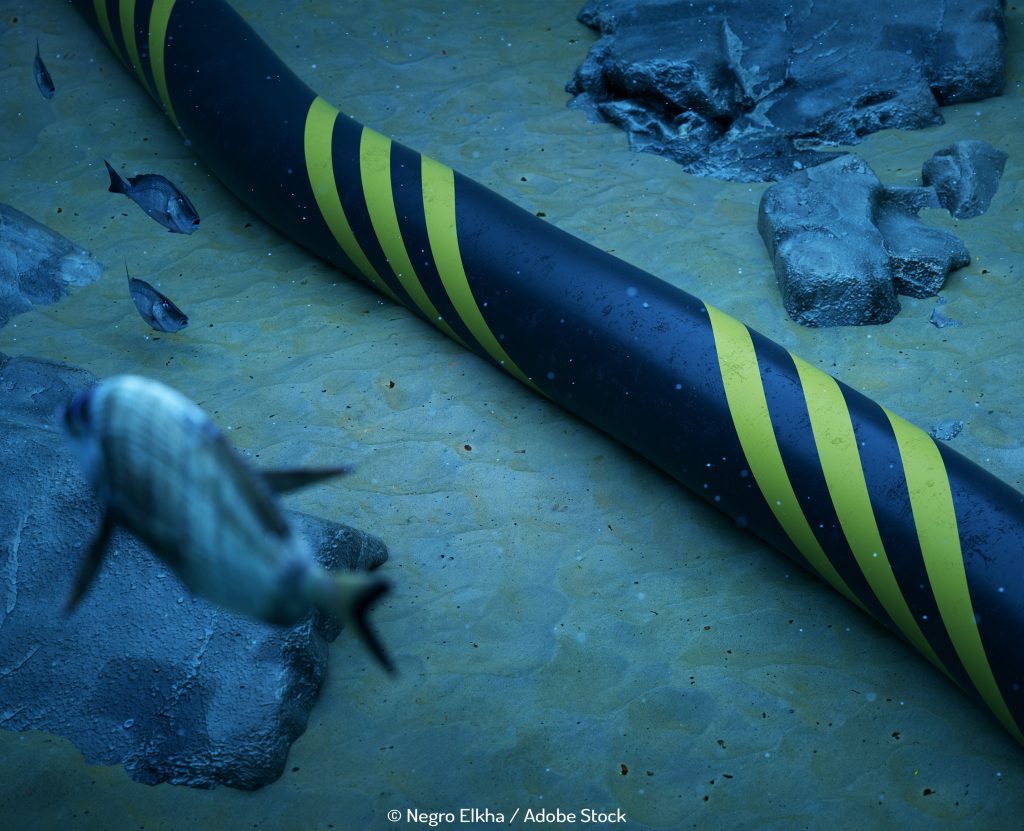It wants to be less dependent on coal, oil and gas.
It is putting a lot of faith in offshore wind energy, where conditions for this source are described as ‘excellent’ – shallow waters, plenty of wind, good harbour facilities and an experienced industry.
Such is its determination, it has developed an Offshore Wind Energy Act. It has set itself a target for 14% of all energy to be generated from renewabe cources by 2020 and then to 16% by 2023.
To achieve that next month the first of five annual request for tenders are to be issued by the Netherlands Enterprise Agency. The government will release one tender a year up to 2019 – that’s a total of five offshore wind farms each with 700 MW capacity.
So with all this commitment to renewables, you’d be forgiven for expressing surprise to find out that the Dutch electricty supply has become dirtier not greener this past year. It’s hard to say no to cheap coal. In fact 5% more coal was burned by energy companies than in 2013 – a share increase up to 29%.
The country’s 37 electricity suppliers were tested for sustainability by a group of environmental organisations including Greenpeace, Consumentenbond and Hivos. Many scored lower this year than last, and only 8 were given a sufficient grade this year – one less than last year – and the two largest Nuon and Essent got insufficient grades, scoring of 3.9 and 3 respectively out of 10.
But like the Seawise Giant, it can take time to turn things around. The positive aspect is that the government is putting its money – or rather legislation – where its mouth is. The national energy agreement provides strategic direction forward and enabling investors to have confidence about the future. “The Dutch have a clear roll-out plan for the development of offshore wind, and the authorities have the necessary legislation in place,” said Rune Birk Nielsen of developer Dong Energy.
It’s also removed barriers of cost and time for developers by taking on the burden of preparing the site data for bids, including the environmental impact assessment. Operators will need to meet extensive protection requirements for porpoises, birds and bats and the number of turbines will be limited to 96 per farm. There will also be noise restrictions which for example include when foundations are driven into the seabed the noise level must be lower than 160 or 172 db.
However there remains flexibility for developers on aspects including the type of turbine (up to 10MW), foundation structure, array layout. As Offshorewindindustry.com explains, “By building in this flexibility while alleviating much of the pre-construction cost burden and assuming responsibility for the grid, the Dutch government expects to see offshore wind costs fall by 40% by 2024.”
It’s an important turnaround for domestic companies too which will have work on their doorsteps after a long, dry spell. Albert van der Hem at the Northern Netherlands Offshore Wind network says, “The Dutch offshore and wind industry is very happy with the transition to a new system because it will create new jobs and add value … as well as innovations on the market.”


